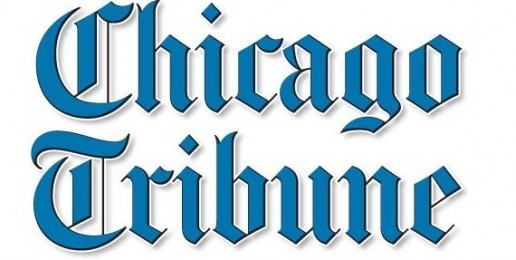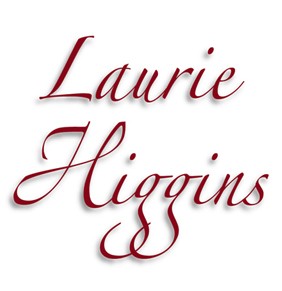
Once again another academic frets over the rare occasion of a school district acquiescing to the concerns of taxpayers who are tired of funding the efforts of “social justice” teachers to use public money to advance their particular socio-political ideology. Chicago Tribune columnist Shawn Healy claims that “academic freedom is truly under attack” because Naperville North High School rescinded an invitation to the foul-mouthed, former domestic terrorist, capitalism-hating, “social justice” proponent Bill Ayers.
Academic freedom conventionally and properly understood refers to the right of college professors to conduct research free from government interference. It does not suggest a right of high school teachers to use their classroom and public funds to advance their moral, social, or political visions. Anecdotal evidence suggests that the Naperville North teacher who invited Ayers has a history of doing just that.
The body of thinking that Bill Ayers promotes goes by the beguiling name of “social justice” theory, which speciously confers on it a patina of legitimacy and leads many to confuse it with compassion and justice. “Social justice” theory, however, is a conceptual framework that entails what numerous scholars, including F.A.Hayek, Thomas Sowell, Sol Stern, and David Horowitz, consider problematic philosophical commitments.
“Social justice” theory (or “critical theory”) emphasizes socialist, redistributionist economic policies. It values uniformity of social and financial position over liberty. It offers an imbalanced, cynical view of American history. It encourages students to view the world through the divisive lens of identity politics, which divides people into groups according to who are the oppressors and who are the oppressed. It teaches that institutional racism–not to be confused with actual racism–is the cause of the underperforming of certain minority groups on standardized tests. It cultivates a sense of undeserved guilt on the part of purported oppressors and robs minority students of a sense of agency in and responsibility for their own lives. It offers up the racist, sexist, heterophobic stereotype that if you’re white, male, and heterosexual, you’re automatically an oppressor.
It’s not the parents who opposed Ayers but the social justice ideologues in public schools who are attacking academic freedom by demanding an ideological monopoly and refusing to allow students to study criticism of the fundamental tenets of “social justice” theory.
In high dudgeon, the ideological compeers of Healy and Ayers wail about “free speech,” “academic freedom,” “critical thinking,” and “diverse viewpoints” only and ever in the service of leftist speakers like Ayers and obscene or anti-American texts like Tony Kushner’s Angels in America and Howard Zinn’s People’s History of the United States.
For years, in Deerfield and Highland Park High Schools, the school board has provided professional development opportunities to teachers that promote the “social justice” theories of Ayers, Paulo Freire, James Banks, and Glenn Singleton. For years, the board has had taxpayers subsidize these “opportunities” while never subsidizing even a single workshop that looks critically at the flaws of “social justice” theory. Where were the academic freedom fighters during these many years of–dare I call it–censorship?
Despite what many high school teachers believe, the concept of “academic freedom” does not justify the promotion of their personal ideologies in class. When teachers present resources that espouse only one viewpoint, they violate their pedagogical obligations and cripple their capacity to cultivate critical thinking.
High school teachers have a responsibility to teach facts and methods, and if their particular discipline requires them to address controversial cultural issues, they have an ethical and pedagogical responsibility to expose students to the voices of experts from diverse viewpoints — including on the controversial topic of “social justice” theory.
Perhaps parents would have been less outraged by the Ayers invitation had the teacher who invited him not been long known for using his classroom to promote his own political ideology. Perhaps parents would have been less outraged if this teacher had arranged a point/counter-point discussion between Ayers and someone like Sol Stern or David Horowitz. Perhaps Mr. Healy’s claim that he longs for an academic “marketplace where ideas would be forced to compete” would be more credible if leftist ideologues who dominate discourse in public schools would spend equal time exposing their students to resources from dissenting voices.






























